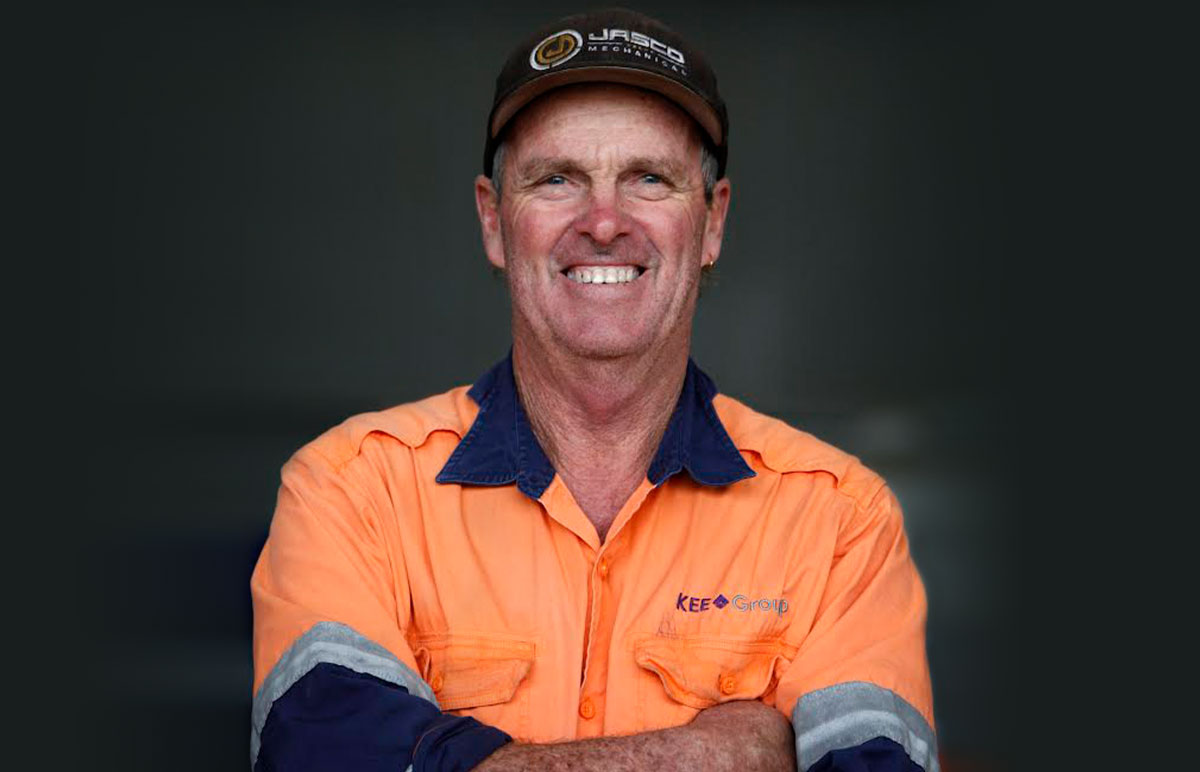3 Tips to Pick a Support Service for Your Construction Needs

With so many new infrastructure projects, the need for more workers is an apparent issue that the Western Australian civil construction industry needs to solve. Of the thousands of workers required, the most significant shortage is plant operators who are experts at utilising heavy machinery, like paving equipment, excavators, loaders, dump trucks, graders, roller or fuel trucks. Other shortages also include plant mechanics, civil engineers, concrete workers, and more.
What is the takeaway here? Demand is much more than supply. The same can be said about equipment needs, where equipment shortages lead to slow-downs or even halts in construction projects. Fortunately, with help from companies like KEE Group, skilled workers and equipment shortages can be tackled. However, one shouldn’t blindly pick any company to work with. Some time and effort are needed to choose the right company to gain the equipment required for projects.
In this article, we’ll share what you can do to access the equipment you need for your civil and construction projects:
1. Talk about Support
One factor many civil and construction companies tend to think about is the support they will get. When a rented machine breaks, you’d want to ensure that the company offers around-the-clock professional support services or field-support mechanics who can come to the site to fix the problem quickly. Lousy support will only lead to terrible service, and ultimately a redundant machine.
In other words, apart from looking at what the company has to offer, it is crucial also to understand what kind of support you are getting. After-sales support is vital, and good support means you have peace of mind knowing if you need help, they are ready to assist!
2. Know Delivery Time
When talking about equipment, one crucial factor is the time it takes to deliver the equipment you need for the project—when the company dispatches it and when it will reach you. With these factors in mind, you can carefully plan your projects to complete them on time.
Keep in mind that some companies may prioritise your shipment with a little more money and offer a next-day delivery service. If this is what you need, then discuss whether or not this is possible. Or, if you choose a company like KEE Group which has its own transport arm, you can probably get a good deal for hire of machinery plus transport to the site.
3. Discuss Equipment Age
Apart from the dispatch date and the estimated time of arrival of the equipment, another factor to consider is the age of the equipment. This is important because you would not want to be handling equipment that is too old. A good rule of thumb is that if the machine is older than two or three years old, that’s generally too old already.
As such, your task would be to look for machines that are under three years old. Also, make sure that the machine is still under insurance so that if you run into any problems using their machines, they have the insurance to get it fixed.
Conclusion
By doing your research and understanding these factors when looking for any construction support service, you stand a much better chance of working with a reliable partner that can deliver on their promises, ensuring you stay on top of your projects. That said, know that different support services offer different solutions, so take the time to see if they meet your needs. If they cannot, move on. It is far better to spend the extra time finding the right partner than to make sacrifices picking a sub-par partner who can hurt your construction project’s results.
KEE Group is Australia’s most effective and unique civil and mining support service, offering machine hire, road surfacing, fuel to site, machine transport, and 24/7 field service to meet any needs. If you require advanced equipment, contact us today!







